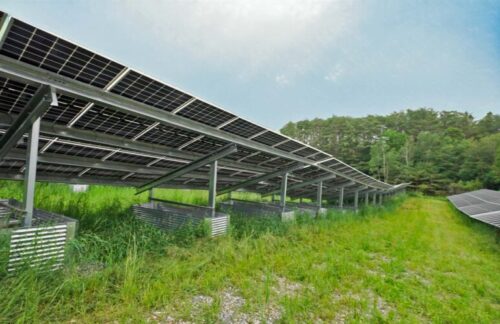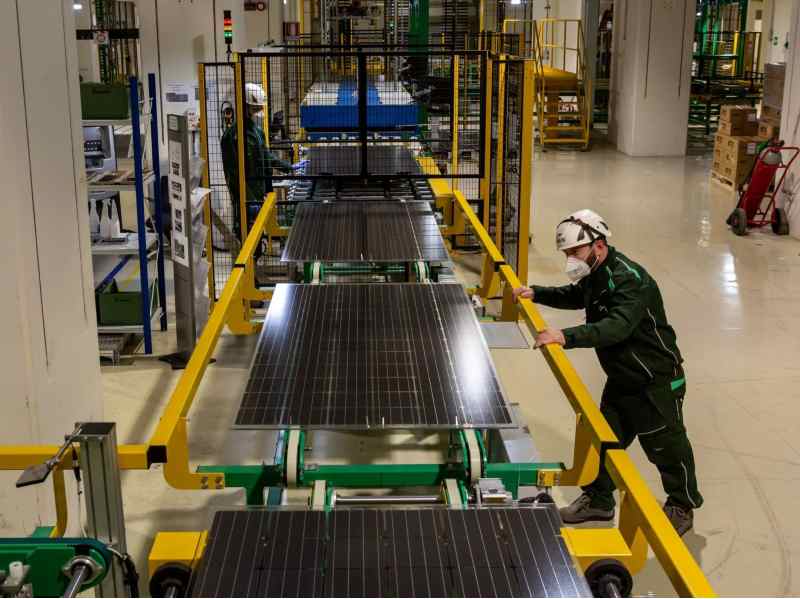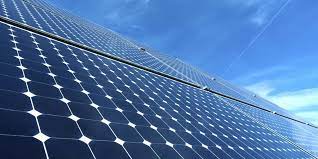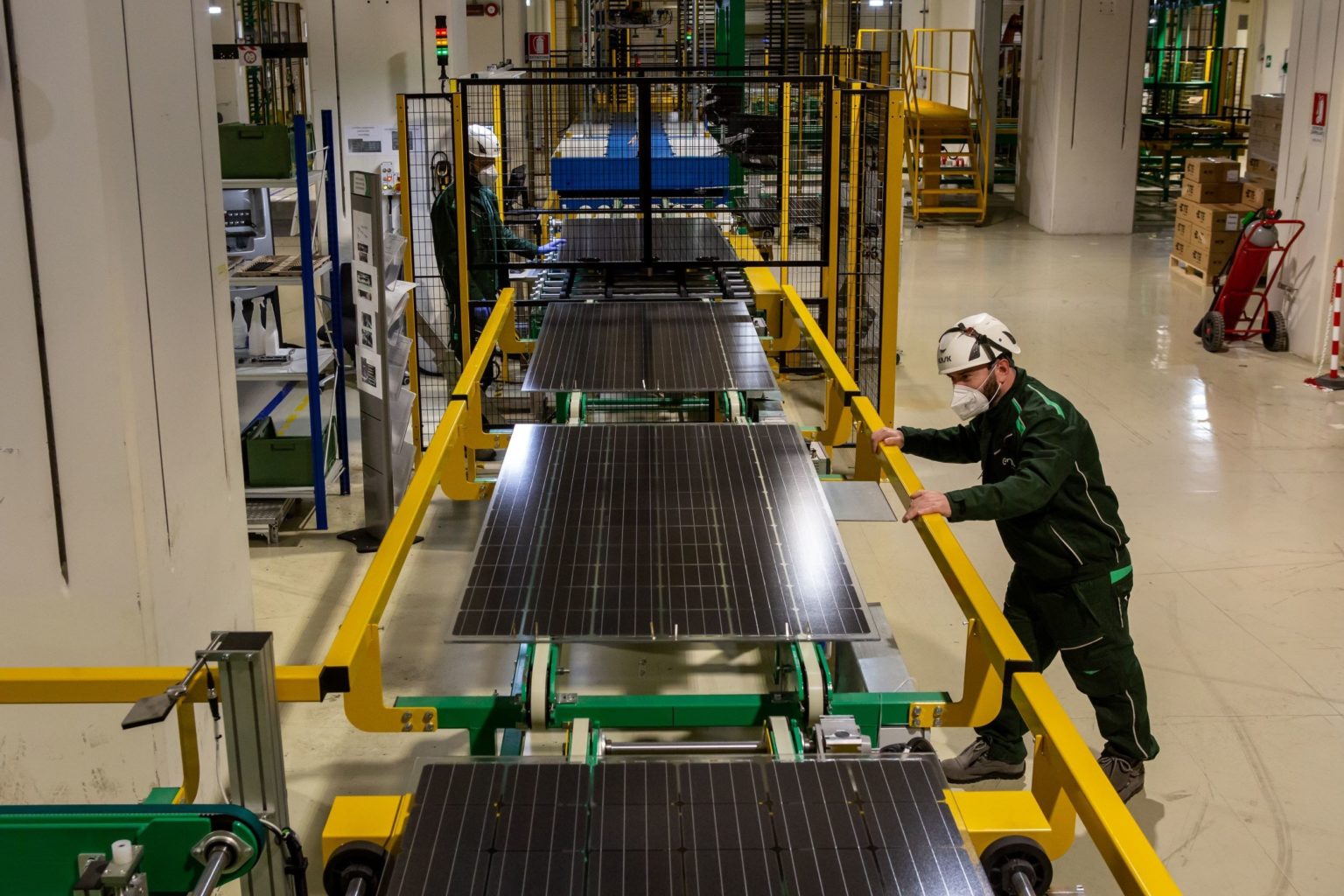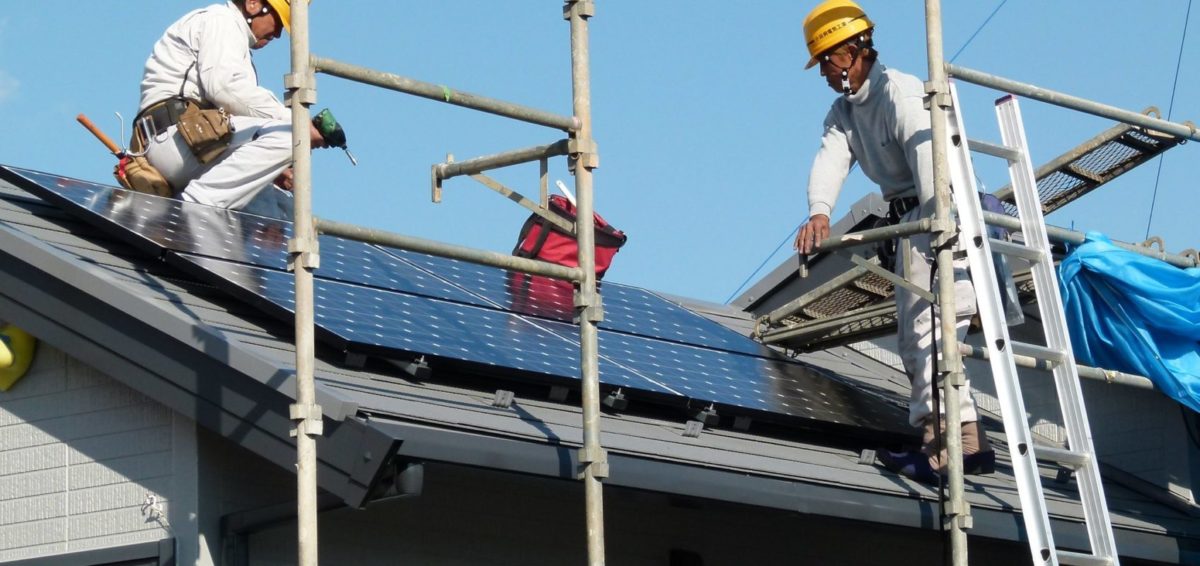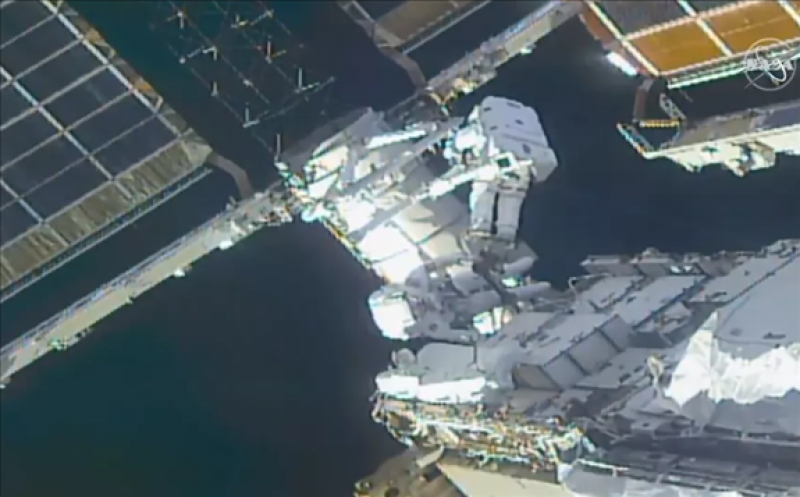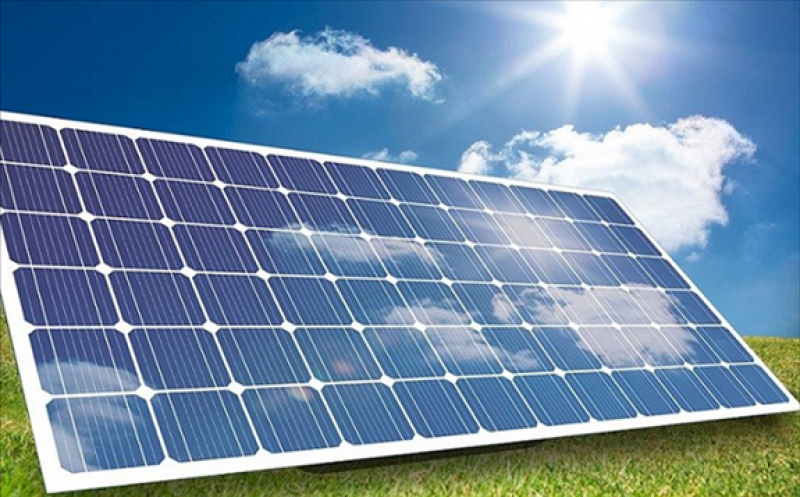After a record year for new capacity in 2019, prospects for Greece’s wind energy sector remain positive.
The government has announced an ambitious deadline for exiting coal and revised targets for renewables upwards. Both old and new investors are aiming to bring wind capacity online.
According to figures from the Hellenic Wind Energy Association (HWEA), Greece added 727MW of new wind capacity in 2019, bringing its total to 3,576MW.
This was nearly four times the annual average for the last decade, notes HWEA chief executive Panagiotis Papastamatiou. New sites included Italian firm Enel’s 154MW Kafireas wind farm on the island of Elvira, Greece’s largest.
The country’s updated national energy and climate plan, submitted late last year, targets 7GW of wind energy by 2030, 0.4GW more than in the initial plan, and 7.7GW of solar photovoltaic, 0.9GW above its previous target. Greece plans to close all lignite-power plants by 2028.
Last year’s boom in new wind farms was due largely to the fact that a number of investors awarded capacity through the feed-in tariff and feed-in premium mechanisms operating prior to the auction system introduced in 2018 faced year-end deadlines for bringing those projects online, explains Thanasis Tsantilas, country manager for Iberdrola Renewables Greece.
While it may be difficult to repeat that performance in 2020, the environment is favourable for investing in wind energy, he says.
Old and new investors
"Country risk has declined significantly since the period after 2011/12, when not much was going on in the Greek economy in general and renewables in particular," says Tsantilas.
"[Since then,] technology has improved dramatically, and now there is the opportunity to tap into Greece’s relatively good wind potential with new technology.
"Since Greece is still in the eurozone and has fairly good financing for sound projects like wind and solar, we are seeing both old investors being more active and new investors starting to come in."
Among newcomers, Masdar Taaleri Generation, a joint venture between Abu-Dhabi-based renewable group Masdar and Finland’s Taaleri Energia, recently announced a partnership with the renewables unit of Greek utility PPC, aiming to develop at least 300MW of wind and solar projects in the country.
The UK’s Cubico Sustainable Investments has said it wants to expand its presence in Greece after buying a 21MW operational wind farm, while French renewable group Valorem has acquired 82MW of Greek wind projects.
And US-based Quantum Energy Partners teamed up with Greek renewable-energy firm Enora to secure four 20-year power purchase agreements for 135MW of wind projects in the central Macedonia region in Greece’s last tender, the results of which were announced in December.
"Greece right now is a very good destination for energy investors," says Marios Zangas, head of Vestas Hellas. "Country risk has decreased substantially, there is a steady government committed to renewables, and the whole macro situation is positive."
Papastamatiou believes the broadening of the investor base bodes well for the future of the industry. Given projects under construction and others assigned capacity through auctions, he sees a minimum of 1.2GW of new wind farms coming online by 2022.
Along with new investors, recent Greek wind farms have also seen a wider range of manufacturers supply technology.
The first GE turbines in Greece started turning in 2019, totalling 137.8MW, HWEA statistics show. Smaller players also got a look-in, with Dutch firm EWT and Italy’s Leitwind bringing 14MW and 2.5MW online, respectively.
They join stalwarts such as Vestas, whose turbines are a fixture on nearly half of Greece’s operating wind farms, plus Nordex, Enercon and Siemens Gamesa.
Auction familiarity
Growth comes as investors have become increasingly comfortable with the auction mechanism through which 20-year PPAs are awarded.
Both technology-specific and joint solar-wind tenders are held in Greece. Competition is assured because the full capacity on offer is only assigned when oversubscription requirements are met.
In the last technology-specific auction in December, Greek energy regulator RAE awarded 20-year contracts for the full 225.45MW of wind projects on offer.
Bids for more than double that, or 491MW of projects, had been submitted, another sign of renewed interest in the market. The winning projects are due online by the end of 2021-22, depending on size. A joint solar-wind auction for up to 500MW of capacity is scheduled for 2 April.
As in other markets, auctions in Greece have resulted in lower prices and demonstrated the competitiveness of wind energy.
In the December round, contracts were sealed at an average price of €57.74/MWh, 15.4% below the starting bid price and far less than the €67.32/MWh price at the previous wind auction last July.
"The auction system is working well, our main concern now is its extension," says Papastamatiou. The current system is set to run through this year, although the government is planning to seek European Commission approval for another three years.
While clearance for the continuation of the auction mechanism is not seen as a problem, HWEA would like the government to move quickly in order to provide visibility on the 2021-23 market framework.
The project permitting process remains a sticking point for wind farms in Greece. With an average licensing period of about seven years, gaining consents can represent "a big endeavour for an investor," says Zangas. "Anything that could shorten this would help."
The Greek government is aware of this problem. In February, the environment and energy ministry presented a proposal to simplify the criteria for obtaining a production licence, the first phase of the authorisation process.
While streamlining this part would be a step in the right direction, Zangas notes that there are many other obstacles for investors.
"Once you get the production licence, you still have to go through a huge hurdle with the forestry department — just one of about a dozen examples — so for many projects the bottleneck could just be moved further down the line."
With investor interest in Greek wind projects at a high, what is lacking is projects, largely because of this slow permitting process.
"The development machine has a specific throughput, and this hasn’t changed. We have a lot of demand that the market is supplying too slowly," says Zangas. Developers are trying to meet this demand but, he adds, "It takes time, you can’t create new projects tomorrow."
Offshore future
Something else that will require time is the birth of an offshore sector. Greece currently has no offshore wind capacity and there is no regulatory framework for developing these projects as yet.
Greece’s sea waters typically become deep quite quickly, meaning floating solutions are needed. However, as the wind sector expands onshore, prospects for offshore are also starting to look more positive, and Norway’s Equinor is among those that have highlighted the potential.
"The fact that floating technology has made enormous progress in the last year makes it more promising in Greece," says Papastamatiou.
The development of a floating offshore industry could have a positive impact on local jobs and business, he notes, particularly given Greece’s solid industrial base in shipyards and cables.
